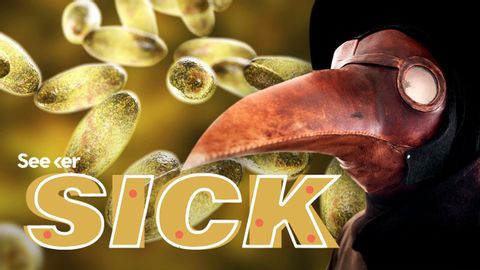Why the Bubonic Plague Still Exists Today
 沒有此條件下的單字
沒有此條件下的單字US /ˌɪndəˈvɪdʒuəl/
・
UK /ˌɪndɪˈvɪdʒuəl/
- n. (c.)個人;單個項目;個體;個人賽
- adj.個人的;獨特的;個別的;獨特的
- v.t.詭計:騙局:花招;惡作劇;戲弄
- n. (c./u.)戲法;竅門;訣竅;把戲;特技
- adj.虛弱的;欺詐的
- v.i.趨向
- v.t.照料;照顧
- v.t./i.傾向;趨向
US /ɪˈfɛktɪv/
・
UK /ɪˈfektɪv/

